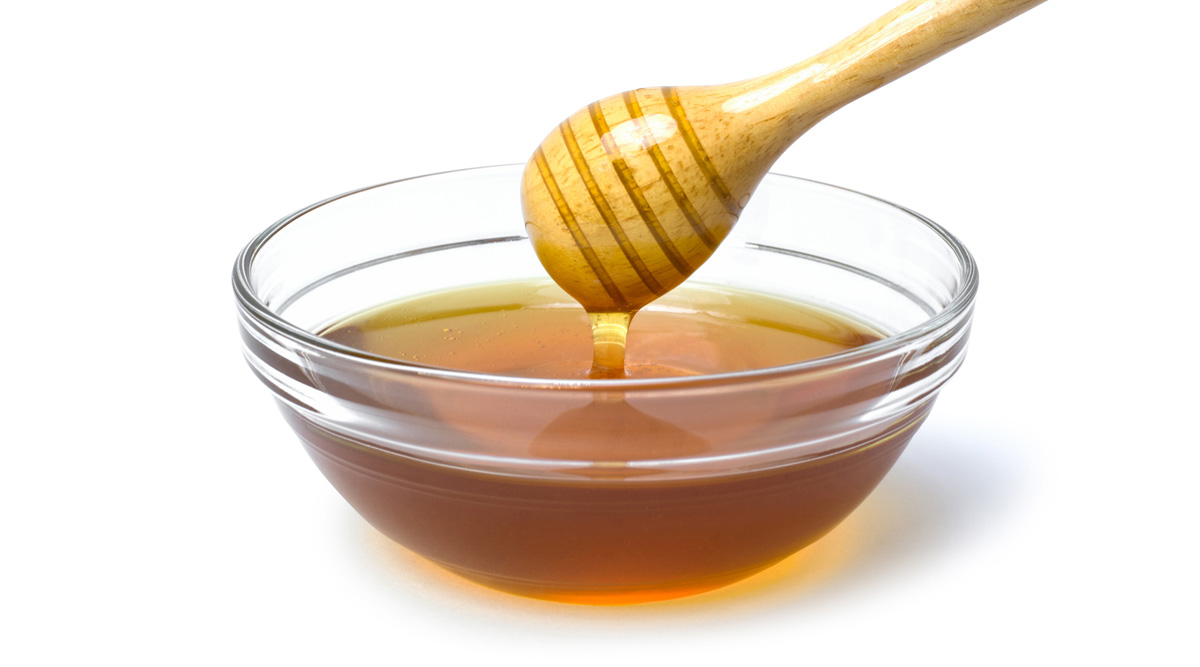Ensuring Honey's Authenticity
Honey is a frequently adulterated product, but certification efforts attempt to mitigate the scope of the problem and ensure product quality.

June 2023
Volume 77, No. 5
Honey comes quickly to experts’ lips as one of the most highly victimized food commodities. Maintaining authenticity of supply is a continuing challenge to apiarists and honey processors around the world, at the same time that the industry is battling the pervasive problem of beehive collapse and the disappearance of ecosystems that support bees and other pollinators.
“It’s the most adulterated product in the world,” says Deleo de Leonardis, founder of food analysis startup Purity-IQ. “It’s expensive and in high demand, but you can’t mass produce it; it’s the bees making honey. You can enslave them all you want.”
The problem was dramatized in a Netflix documentary five years ago titled Lawyers, Guns & Honey
The show argued that only adulteration could be responsible for the continuing worldwide rise in honey consumption at a time of declining bee populations. It illustrated the broad use of corn syrup, rice syrup, and other liquids to dilute honey exports, mostly from Asia and involving middlemen in places like Germany.
Because of such problems, Netflix concluded, “Beekeepers can be forgiven for worrying that their business may be too challenging to survive.”
Among recent efforts by the industry to fight back are a True Source Certified Honey certification program to combat the problem of illegally shipped honey. As of a few years ago, companies that were True Source Certified represented about 30% of all honey sold in America, according to True Source, which couldn’t be reached for more current statistics.
The company updated its standards a couple of years ago, specifying exact testing methodologies that utilize “longstanding approved methods along with cutting-edge technologies to detect sugar [and] syrups,” True Source Honey said.
Food Technology Articles

Ensuring Honey's Authenticity
Honey is a frequently adulterated product, but certification efforts attempt to mitigate the scope of the problem and ensure product quality.

Outsmarting Food System Fraudsters
Supply chain disruptions coupled with inflation and commodity shortages are creating new opportunities for food adulteration. Here’s a look at strategies and tactics for fighting back.

Challenges Spark Solutions at IFT FIRST
A roundup of IFT FIRST Annual Event and Expo sessions, focusing on key themes surfaced at the event.

Packaging Science Increases Food Access
This column offers information about how packaging science can support solutions to increase food access.

Monitoring Bacillus cereus in Dairy Products
This column offers information about how milk products can be contaminated by Bacillus cereus, which can lead to foodborne illness.
Recent Brain Food

A New Day at the FDA
IFT weighs in on the agency’s future in the wake of the Reagan-Udall Report and FDA Commissioner Califf’s response.
Members Say IFT Offers Everything You Need to Prepare for an Uncertain Future
Learn how IFT boosts connections, efficiencies, and inspiration for its members.

More on the FDA's Food Traceability Final Rule
In a new white paper, our experts examine the FDA’s Food Traceability Final Rule implications—and its novel concepts first proposed by IFT.
Job Satisfaction in the Science of Food is High but Hindered by Pain Points
IFT’s 2022 Compensation and Career Path Report breaks it down.


